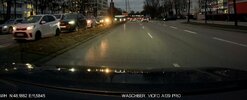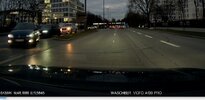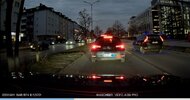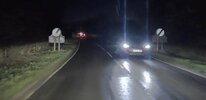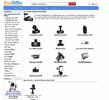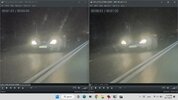You're right about how dash cams are commercialized. When I bought my first dash cam back in 2010 there were hardly any name brands to speak of and there were no direct dash cam retailers in North America. You had to buy direct from China or Hong Kong, or through eBay. Most of the cameras were generics from Chinese manufacturers and only in rare situations was there ever a firmware update available and never more than one. There was no such thing as a warranty or customer service. When ordering a new dash cam you crossed your fingers and hoped for the best because the shipping costs and transit time to send a camera back to China were just not worth it even if the seller would take back and replace a defective camera. (and defective cameras were pretty common)
One of the first dash cams I ever purchased arrived with a badly out of focus lens so I contacted the Chinese seller (defunct wholesaler/retailer FoxOffer - now manufacturer Viofo) who apologized but could only offer me a 10% discount on a new camera. In an ironic way it was a good thing for which I am grateful. I ended up opening the defective camera and refocusing the lens myself and later ended up replacing the lens with a higher quality one which dramatically improved the performance I got from the camera. This set me on the path to doing dash cam lens modifications which I've been doing ever since!
EDIT: Since I mentioned how there was a time when places like FoxOffer were once among the few places to buy dash cams, most of which were generics from China, I thought you guys might find this screen shot to be of interest even if it is a bit off topic.
View attachment 63935

